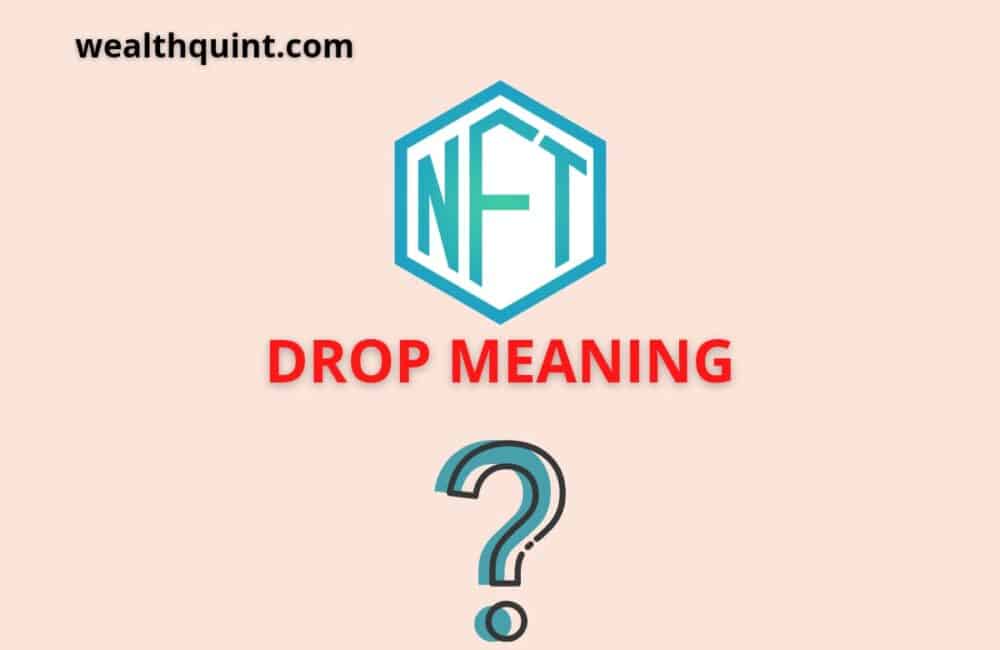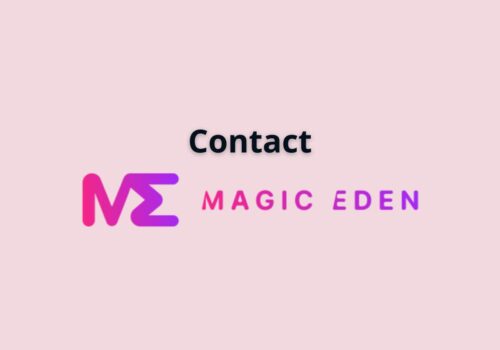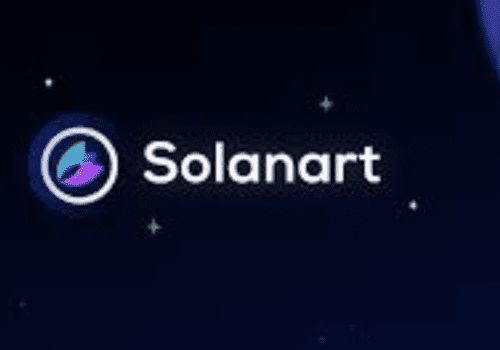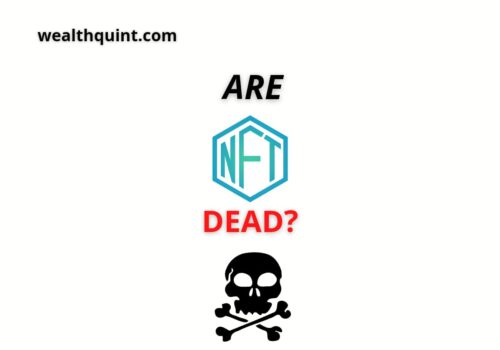Non-fungible tokens, also known as non-fungible coins, are digital objects that are one-of-a-kind and have a monetary value depending on the object’s rarity.
Painting, movies, audio clips, video game collectible items, animated GIFs, and so on are all examples of objects that can be used as examples. NFTs are not interchangeable because they are one-of-a-kind data units on a blockchain.
When NFTs were initially released to the public, few individuals understood what they were, and perhaps lesser people transacted these digital commodities. People who buy non-fungible tokens will keep growing as non-fungible tokens develop in a range of industries.
What Is A NFT Drop?
The launch of an NFT set is known as an NFT drop. It’s the day and time when a certain set of NFTs gets accessible for purchase by investors.
A drop is generally connected to a specific edition of collectibles. The specific day, time, and overall minting cost of the NFT is referred to as a drop. Many NFT drops impose purchasing constraints on the number of NFTs you can manufacture in a single transaction. Buying at a discount is also a terrific method to save money.
Because an NFT decrease maintains the same reasoning as a “real” market downturn, you may anticipate people to behave similarly. There are plenty of NFT drops. There will be even greater reductions as new brands and businesses start to use this technology.
Also Read: How To Store NFT?
Things To Avoid When Buying NFT Drops
Exploring for the next best non-fungible token project might be a lot of fun, there are a few things you should avoid before going all-in on an NFT launch:
1. If You Don’t Like NFTs, Don’t Get Them
Purchasing a digital asset entails far more than simply purchasing the metadata associated with an NFT. Ensure you’re looking for something you’ll appreciate while you’re looking for your next drop.
You’re better off getting NFTs that you enjoy, it’s like when you shop for your favorite brands of apparel.
2. If You Want To Purchase A Drop, Perform Your Investigation First
It’s essential to conduct your extensive analysis of any NFT decline. If you don’t do your homework, you’ll have a harder time finding a user token. You are purchasing the brand when you purchase an NFT. It’s similar to purchasing a pair of shoes.
You start by searching for a brand you’re familiar with and trust, then you look for a pair that looks good, and last, you put them on to ensure they’re functional, stylish, and affordable. Finding NFTs should, in my view, follow a similar pattern.
Analyzing the founders and full team behind an NFT brand can enable you to determine the drop’s genuineness.
If the founders have a strong reputation, you can place an order, realizing you won’t be duped. On the other side, be cautious if you can’t uncover much data on the developers and designers, especially if it’s a new brand.
3. Don’t Fall Prey To A Con
It’s crucial to understand specifically what you’re purchasing on the blockchain. If you don’t perform your investigation, you won’t be able to check what you’re buying. There are a variety of methods to raise a quick buck off unsuspecting prey.
The following are some of the most common NFT scams:
- Rug Pull
A rug pull occurs whenever anyone starts a program to generate money and thereafter abandons the project, brand, and community.
By investing time in the project’s community, rug pulls can be easily recognized. Discord, social networking sites, as well as other communication platforms are great for determining a brand’s level of activity.
If the brand isn’t involved and serious in its activities, you might choose to perform a little more investigating before going all-in.
- False Websites
Fake websites could jeopardize your digital assets. Fake websites can look legitimate on the internet, and they might be named identically, but instead of an NFT drop, they’re a website that can take all of your assets once you attach your wallet. Always double-check the URL and avoid visiting any websites you are not familiar with.
- Brands that are not Real
Fraud brands and fake websites are very similar. Scammers will use illicit NFTs to construct a bogus brand that looks exactly like the real thing. These phony brands can be found in online marketplaces and social media platforms. Always double-check that you’re buying from the right company.
- Direct Messages
Scammers can approach you on social sites, in a chat room, or when you’re reading up on your emails, pretending to be someone they’re not. Whenever you receive a DM claiming that you have earned a reward at random, delete it immediately.
Also Read: Who Buys NFTs?
4. Drops That Are Out Of Your Price Range Should Be Avoided.
It may be unsafe to put money into a project if you’ve done your homework and think it’s worthwhile. However, It is not recommendable to invest extra money than your budget permits.
You shouldn’t ever risk greater than you can bear to lose while investing. There are no assurances that any NFT brand will flourish, thus it’s a good idea to get into a project by keeping in mind that you can lose everything. Don’t invest something you can’t bear to lose.
5. Buy Drops Only If They’re Cheap
You don’t have to purchase an NFT simply since you can finance it. As digital assets become increasingly widespread in daily life, their worth may decline if demand cannot maintain pace with supply. That is why, if you want to make a profit on your investment, you must investigate each NFT brand.
Also Read: Are NFTs A Good Investment?
How To Find NFT Drops?
Finding NFT Drops isn’t a hard task. You might even see many NFT drops if you search in the right places.
1. Social Media
Social media channels such as Twitter, Instagram, YouTube, and Facebook are excellent venues to dump NFTs.
Big businesses and perhaps even solo artists would attempt to market their NFTs as much as they can, and the greatest place to do so is on social media.
To find out when the next drop will happen, simply follow the brands, artists, and other significant persons who are active participants of the NFT community.
2. Messaging
You may also discover when new NFT drops will happen on Discord, Messenger, and other platforms. Joining a group conversation in which NFTs are a popular subject is the best option. As a result, your odds of finding a new NFT drop are increased.
3. Metaverse
Another way to learn about new NFTs is to search the metaverse. They are occasionally made available for viewing on these sites. They’ll almost certainly get to be an item in the metaverse in the future.
4. Podcasts
You can also learn about the newest NFTs by listening to podcasts that discuss the current trends and changes in the NFT world. Some may even be found in marketing, investment, and technology podcasts.
Also Read: How to Create NFT Art?
How To Buy NFT Drops?
An NFT marketplace profile is required to purchase NFT drops. Opensea, NBA Top Shot, SuperRare, and NiftyGateway” are just a few of the possibilities.
A bitcoin account is also required. Because most NFTs are built on the Ethereum blockchain, you could purchase them with Ethereum tokens once you own an account that can be funded with them.
Use Coinbase or any other crypto exchange to fund your account. Use your account to acquire and securely hold NFTs as you locate them.
Where To See Upcoming NFT Drops?
The site “NFTcalendar.io” allows potential NFT investors to learn about future NFT drops. This is the first calendar to include information about forthcoming NFT events and also the launch date for new NFT drops.
The media has reported on other NFT drops. So, when you keep an eye on financial or investment news websites, you’ll probably find out what is coming up soon.
Also Read: Top 10 NFT Games
Conclusion
Drops of NFT are akin to a company’s first day of operation. They devise marketing strategies to disseminate information and promote their products across many channels.
And you’ll discover the most recent dips in the ones listed above. However, you must remain careful since scammers abound.




